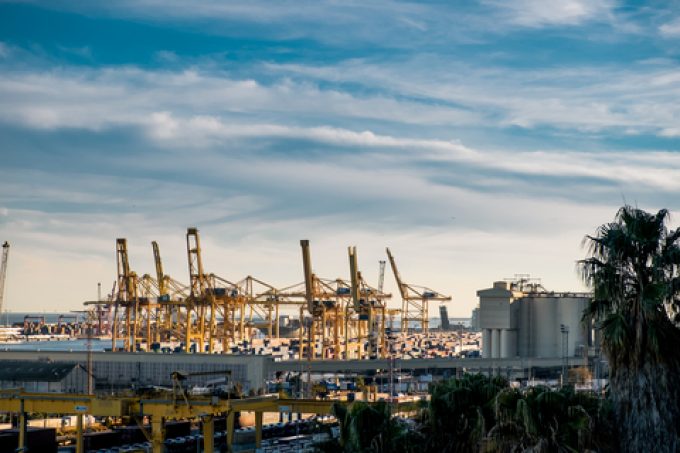'Another painful headache for shippers' as Asia-N Europe rate rally ends
It seems the recent container freight spot rate rally on the Asia-North Europe trade might ...

One of the key reasons Barcelona appears to be suffering greater levels of congestion than many regional competitors is a near-toxic mix of increased transhipment traffic on top of its role as a gateway for local traffic.
“The growth in transhipment would be one thing, if ...

Comment on this article